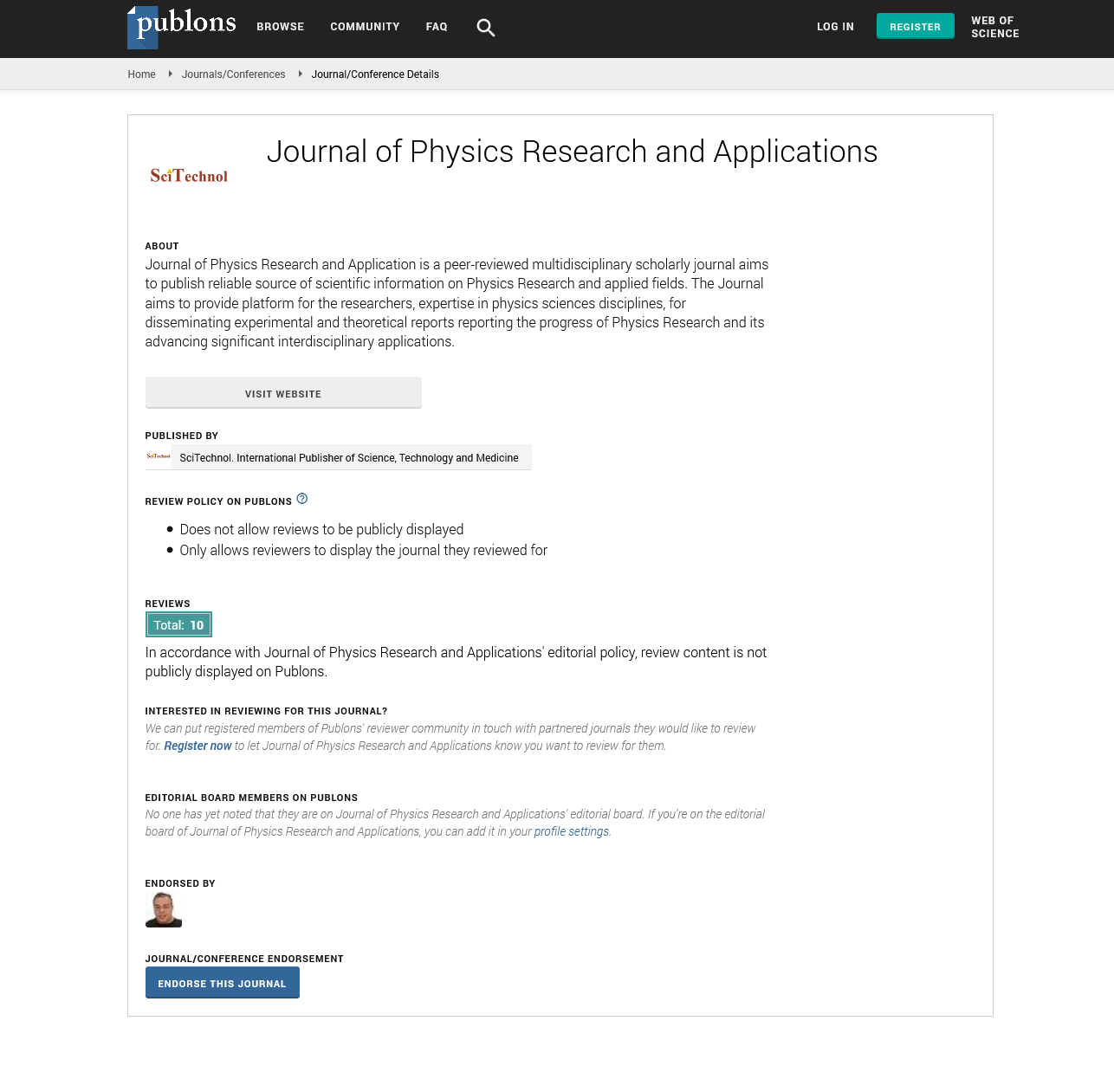The self-nonself circulation theory: New perspectives of advanced future studies
Masatoshi Murase
Kyoto University, Japan
: J Phys Res Appl
Abstract
Globalization occurs due to advanced science and revolutionary technology. Despite our extensive efforts, it brings about contradictory situations such as the co-existence of benefits and wonders. Indeed, it has allowed us to solve simple problems, but it can increase the potential risks of systemic problems, leading to system-wide disruptions. Our efforts to solve systemic problems often cause further systemic problems, beyond our expectations. What can we do to protect against such emerging systemic problems? We need a Copernican revolution for paradigm shifts in our cognition. We should apply the same systemic forces that generate the systemic problems in the original place. Ironically speaking, emerging systemic problems could be only approached by the same emerging systemic problems. How can we do this? Let us think about nature as it is. Nature is full of self-similarities, known as fractals. In the seemingly complex fractals, particular characteristic patterns of structures appear successively at descending or ascending scales so that their parts, at any scale, are similar in shape to the whole. The resulting selfsimilar complex fractal nature has been fully understood on its own terms in the form of simple rules. The present paper extends the idea of fractals from the “self-similar static structures view” to the “self-similar dynamic processes view” essential to “living” systems in order to explore simple principles beyond complexity. The only assumption is as follows: Simple principles of complex “living” dynamics can be deduced from the demand that the underlying principles must be “self-consistent”, regardless of the scale with which we are concerned. It is the “self–nonself circulation principle” originally given by Masatoshi Murase (2000) that governs the complexity of life.
Biography
Masatoshi Murase is an Associate Professor of Yukawa Institute for Theoretical Physics at Kyoto University, and is the editor-in-chief of the Journal of Integrated Creative Studies. He is also the Director of Research Promotion Strategy Office at The International Research Unit of Advanced Future Studies of Kyoto University. He received a PhD from the University of Tokyo in 1987. Positions held overseas include a period as a Postdoctoral Fellow in the Physiology Department at Duke University Medical Centre from 1987 to 1988 and an Associate Professorship in the Department of Mathematics of the University of California at Davis from 1990 to 1991. He is the author of The Dynamics of Cellular Motility (Wiley, 1992), and is the author of Life as History: Construction of Self-Nonself Circulation Theory (Kyoto University Press, 2000).
E-mail: murase@yukawa.kyoto-u.ac.jp
 Spanish
Spanish  Chinese
Chinese  Russian
Russian  German
German  French
French  Japanese
Japanese  Portuguese
Portuguese  Hindi
Hindi 
